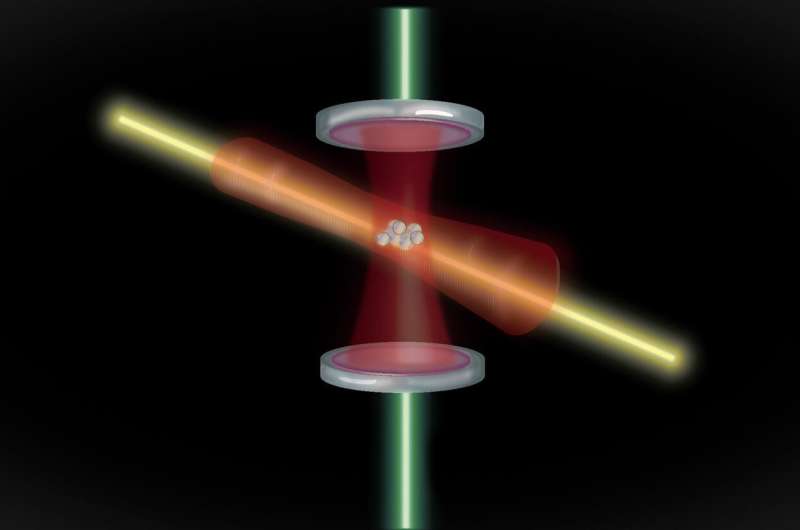This article has been reviewed according to Science X's editorial process and policies. Editors have highlighted the following attributes while ensuring the content's credibility:
fact-checked
trusted source
proofread
How Einstein's daydream of light created relativity

Einstein's fascination with light, considered quirky at the time, would lead him down the path to a brand new theory of physics.
Living half a century before Einstein, a Scotsman, James Clerk Maxwell, revealed a powerful unification and universalization of nature, taking the disparate sciences of electricity and magnetism and merging them into one communion.
It was a titanic tour-de-force that compressed decades of tangled experimental results and hazy theoretical insights into a tidy set of four equations that govern a wealth of phenomena. And through Maxwell's efforts was born a second great force of nature, electromagnetism, which describes, again in a mere four equations, everything from static shocks, the invisible power of magnets, the flow of electricity, and even radiation—that is, light—itself.
At the time Einstein's fascination with electromagnetism was considered unfashionable. While electromagnetism is now a cornerstone of every young physicist's education, in the early 20th century it was seen as nothing more than an interesting bit of theoretical physics, but really something that those more aligned in engineering should study deeply.
Though Einstein was no engineer, as a youth his mind burned with a simple thought experiment: what would happen if you could ride a bicycle so quickly that you raced beside a beam of light? What would the light look like from the privileged perspective?
The equations of Maxwell described exactly what light was composed of: alternating waves of electricity and magnetism, leapfrogging and crisscrossing each other as they hurtled through space. That is what light was; a ceaselessly undulating rhythmic pattern of waves. Simple reasoning would suggest that if you caught up to a beam of light, legs pumping furiously to maintain the pace of your bicycle, and looked across you would see the waves frozen in mid-air, a peak of electricity here, a trough of magnetism there, as clearly as a diagram in a textbook.
But the young Einstein realized that this was a paradox. Maxwell's own equations demanded that light was in constant motion, that the waves of electricity and magnetism must continually perpetuate themselves; frozen light cannot exist. And so Einstein kept that childhood thought experiment alive, all through his years of schooling and beyond, trying to find a coherent, consistent picture of what light would look like if you caught up with it, wondering what form or shape or identity it might take.
I can't imagine the flash of relief mixed with fear when the realization hit him. The easiest way to avoid a paradox is to render the paradox irrelevant. Perhaps it's impossible to imagine what light looks like when you catch up to it because it's impossible to catch up to light.
Nothing can go faster than light. You never need to worry yourself with the resolution to young Einstein's imaginative thought experiment, just like you never need to wonder what point lies one mile north of the North pole. The universe doesn't permit it, full stop. That realization eventually led to the first of Einstein's many revolutions: what we call the special theory of relativity.
Provided by Universe Today





















